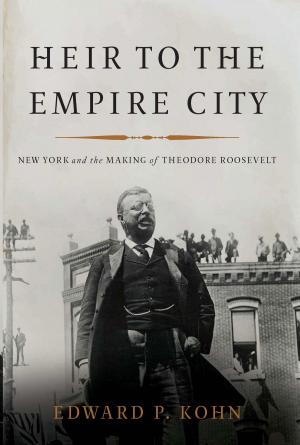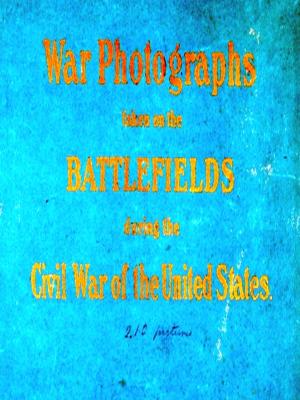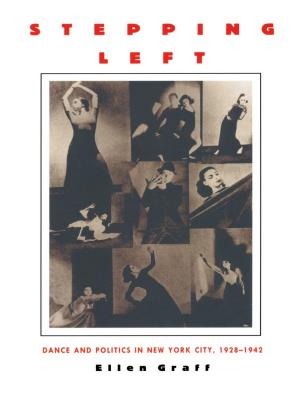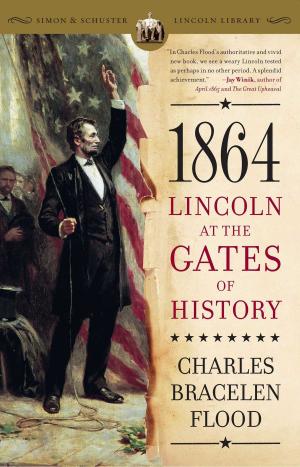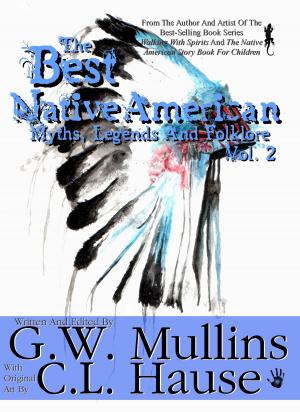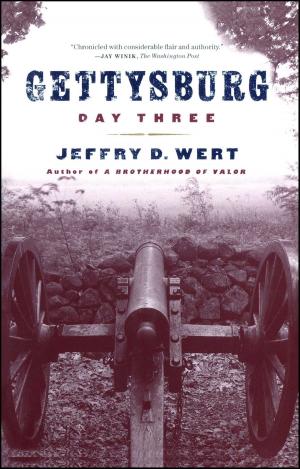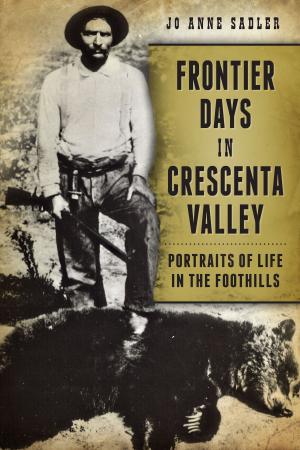| Author: | J Louis Frey | ISBN: | 9781301053353 |
| Publisher: | J Louis Frey | Publication: | February 13, 2013 |
| Imprint: | Smashwords Edition | Language: | English |
| Author: | J Louis Frey |
| ISBN: | 9781301053353 |
| Publisher: | J Louis Frey |
| Publication: | February 13, 2013 |
| Imprint: | Smashwords Edition |
| Language: | English |
The Daytona 100 - 1959 tells the story of the only open wheel auto race that was contested at the Daytona International Speedway in Daytona Beach, Florida. Daytona International Speedway has reached legendary status since it opened in February 1959. The NASCAR stock cars raced in the Daytona 500 where they reached a pole position speed of 143 mph. The United States Auto Club and their Championship Cars started the season in sunny Florida in April. No one had ever driven that fast on a closed course on American soil. The cars went very fast, the pole position was won by an average lap speed of 173 mph. Twenty cars started the race, two drivers led the race and one driver was killed in the race. The 100 mile race lasted a little more than a half an hour. A new team called the "Triple W's" got its first start at Daytona, it wouldn't be their last taste of success.
The line up featured both veterans and rookies. Young and old drivers made up the star crossed starting field. Nearly half of the racers present were killed in auto racing crashes in the coming months and years. One driver who survived was involved in 2 crashes that were fatal to other drivers. Two drivers died on the same day from racing injuries. Six drivers total were killed in Champ cars in the 1959 season.
One driver in the line up was later named the Driver of the Century. Another driver was later named the Hero of the 1959 Indianapolis 500. The Clown Prince of Racing was the nickname of yet another driver. The defending National Driving Champion started the race but didn't finish it. One guy returned to the track and won the Daytona 500. A car owner received a bill weeks after the checkered flag fell on the race.
NASCAR Founder Bill France vowed after the race that he would never do this again and he kept his word. He wanted the world's record on a closed course to be claimed at his new speedway. He allowed an old friend to break the record before the Champ cars made their appearance, but something went wrong. Would wind gusts play a role in the race, and what about the guardrail height?
America's newest race track would be the scene of this event. It's fastest cars were coming to town. The sun was shining, It looked like everybody was going to have a good time. What could go wrong? Author J Louis Frey tells the rest of the story.
The Daytona 100 - 1959 tells the story of the only open wheel auto race that was contested at the Daytona International Speedway in Daytona Beach, Florida. Daytona International Speedway has reached legendary status since it opened in February 1959. The NASCAR stock cars raced in the Daytona 500 where they reached a pole position speed of 143 mph. The United States Auto Club and their Championship Cars started the season in sunny Florida in April. No one had ever driven that fast on a closed course on American soil. The cars went very fast, the pole position was won by an average lap speed of 173 mph. Twenty cars started the race, two drivers led the race and one driver was killed in the race. The 100 mile race lasted a little more than a half an hour. A new team called the "Triple W's" got its first start at Daytona, it wouldn't be their last taste of success.
The line up featured both veterans and rookies. Young and old drivers made up the star crossed starting field. Nearly half of the racers present were killed in auto racing crashes in the coming months and years. One driver who survived was involved in 2 crashes that were fatal to other drivers. Two drivers died on the same day from racing injuries. Six drivers total were killed in Champ cars in the 1959 season.
One driver in the line up was later named the Driver of the Century. Another driver was later named the Hero of the 1959 Indianapolis 500. The Clown Prince of Racing was the nickname of yet another driver. The defending National Driving Champion started the race but didn't finish it. One guy returned to the track and won the Daytona 500. A car owner received a bill weeks after the checkered flag fell on the race.
NASCAR Founder Bill France vowed after the race that he would never do this again and he kept his word. He wanted the world's record on a closed course to be claimed at his new speedway. He allowed an old friend to break the record before the Champ cars made their appearance, but something went wrong. Would wind gusts play a role in the race, and what about the guardrail height?
America's newest race track would be the scene of this event. It's fastest cars were coming to town. The sun was shining, It looked like everybody was going to have a good time. What could go wrong? Author J Louis Frey tells the rest of the story.

